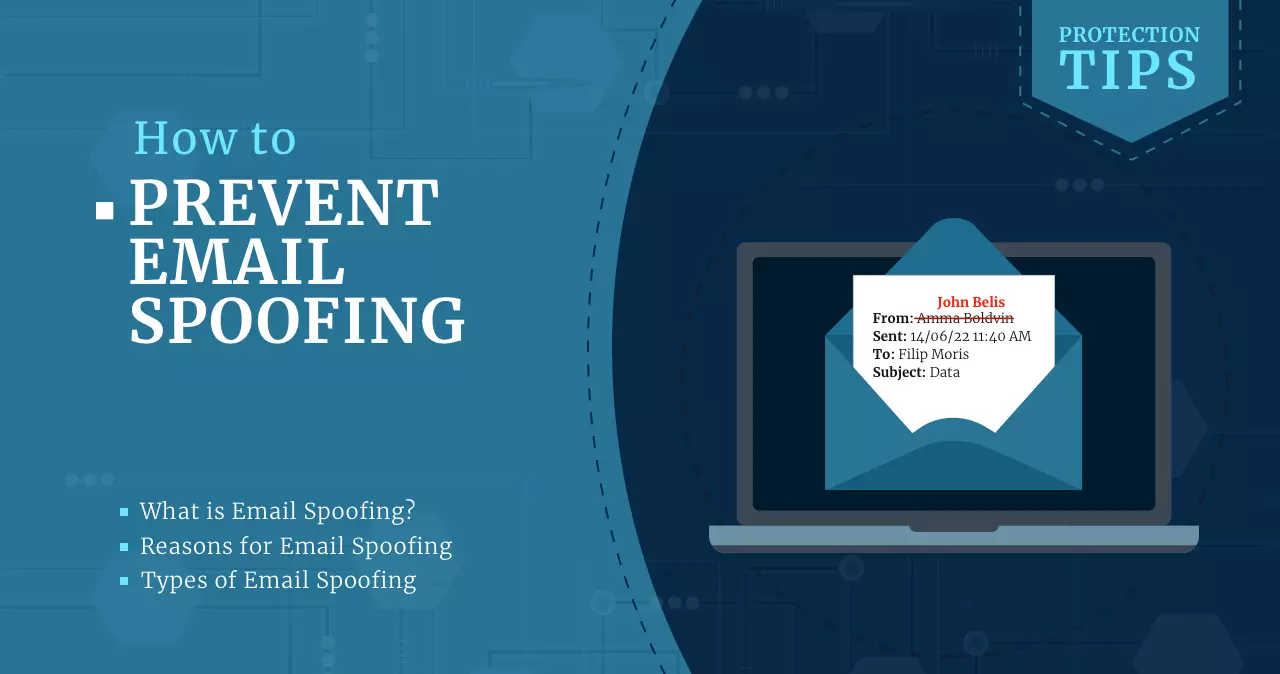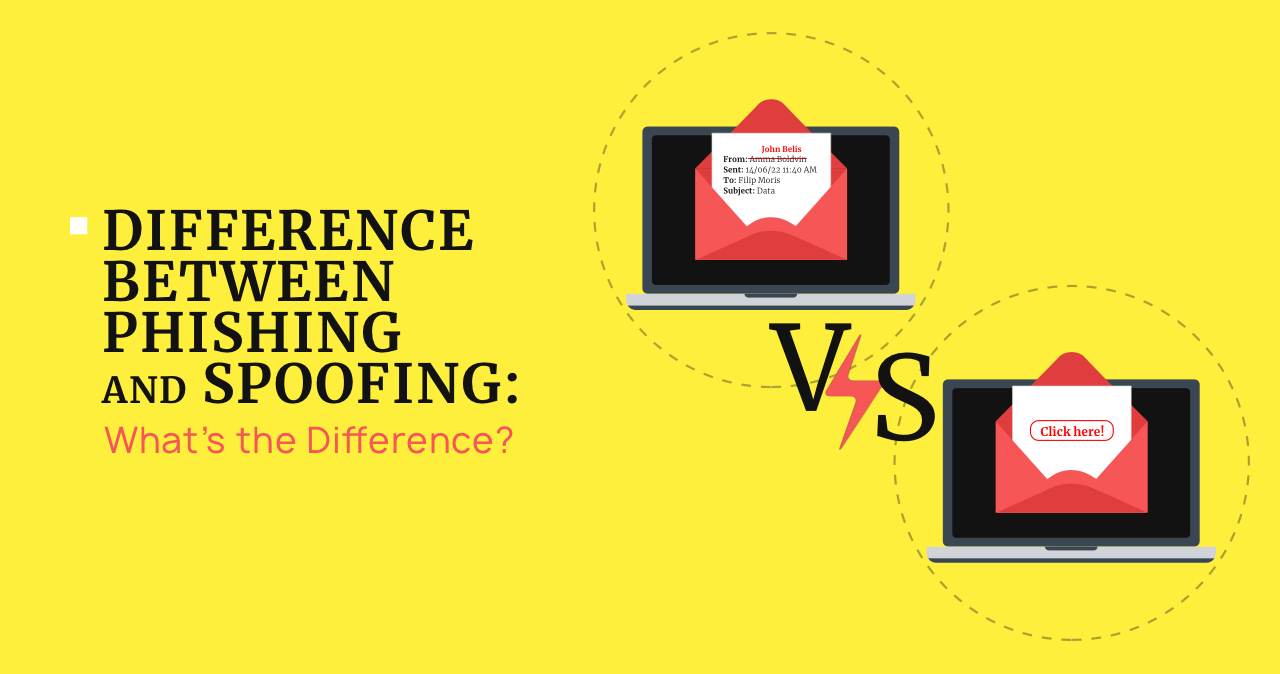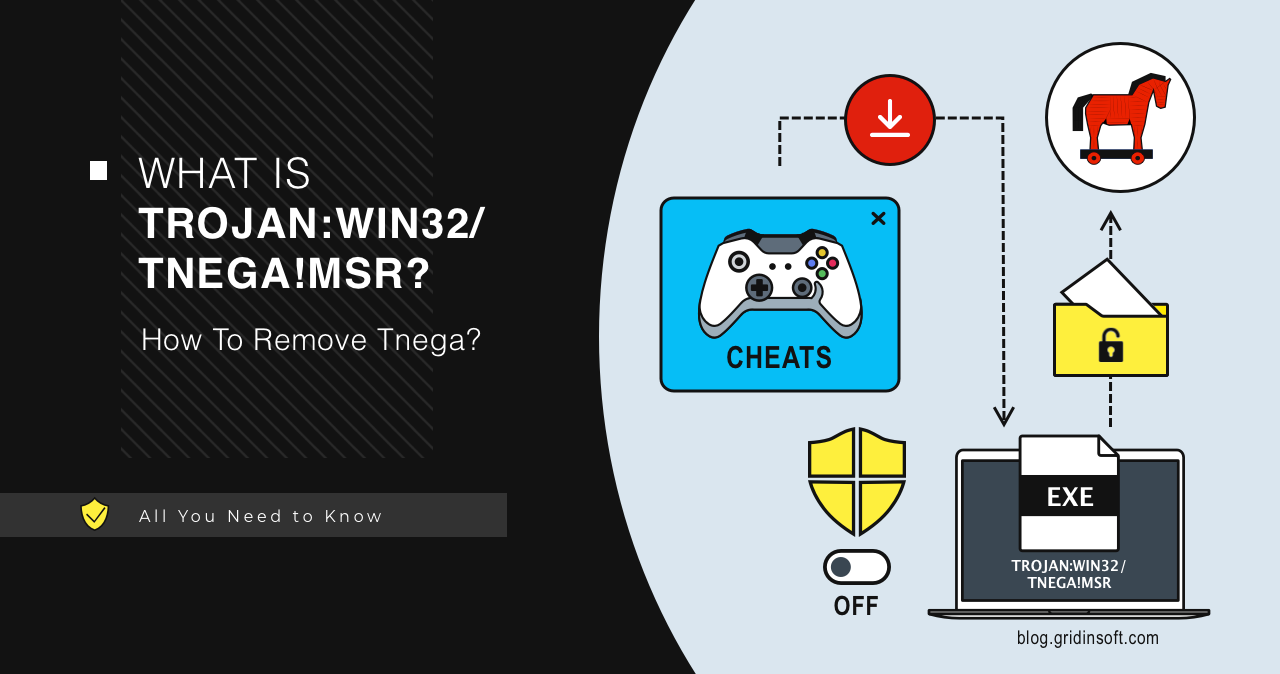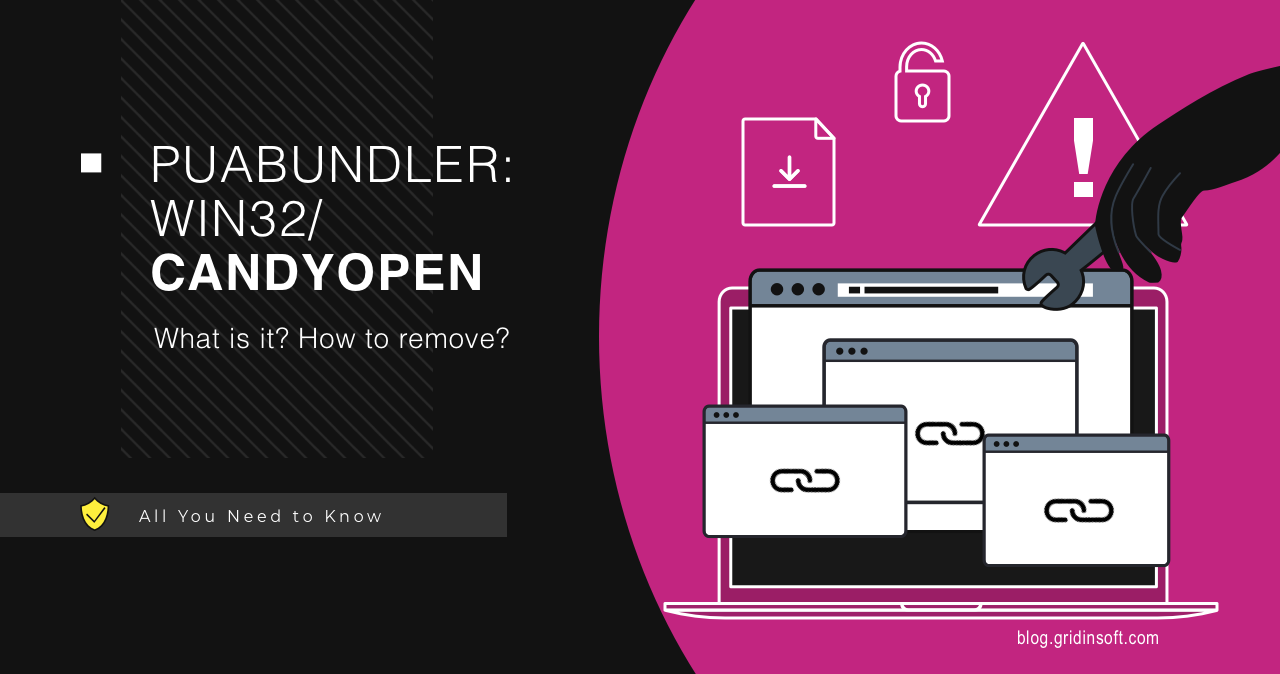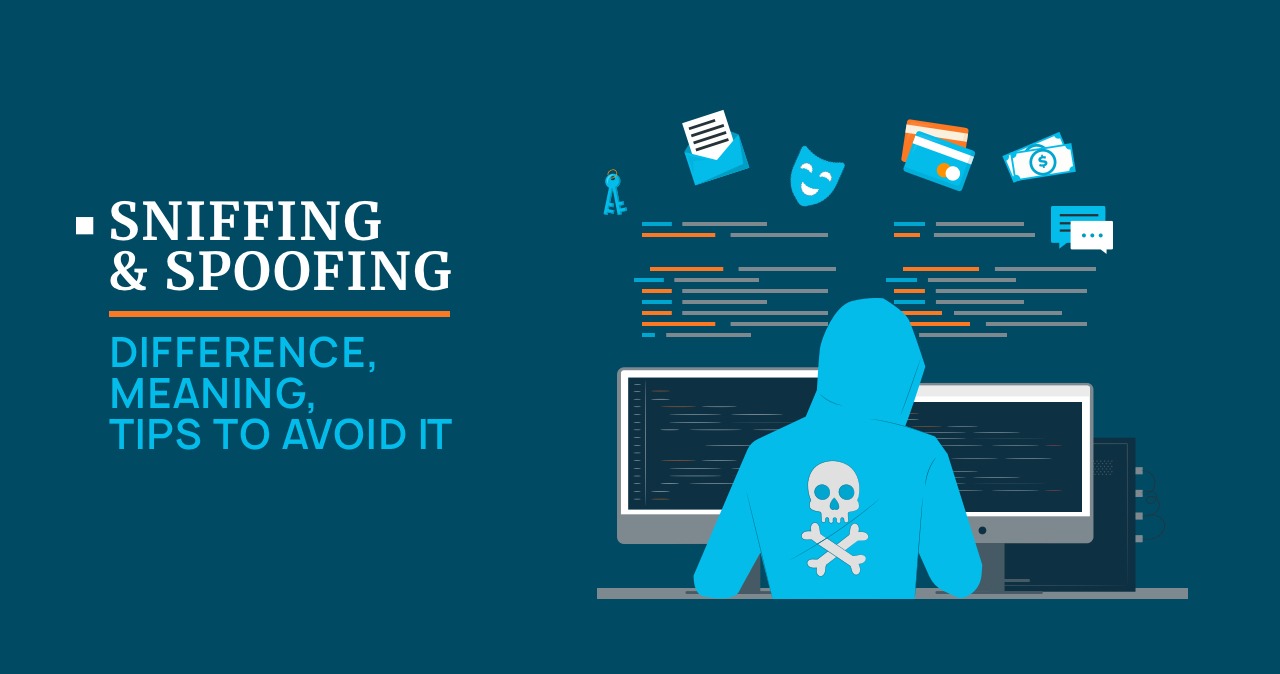Types of Email Spoofing Email spoofing, also known as spoofing email, involves forging the sender’s email address. Often, the address in the sender’s field is fake; any responses sent to this address will likely reach a third party. The primary goal of this scam is to deceive the user. Fraudsters deploy a variety of tactics… Continue reading How to Prevent Email Spoofing
Results for "DNS"
Phishing vs Spoofing: Definition & Differences
What is a Phishing Attack? Phishing is a cyber-attack method that introduces malware to a computer via email. Intruders send users emails containing links under various pretexts. After clicking these links, the malware enters your computer. Thus, cybercriminals deceive the target to get as much data about the user as possible: his card numbers, bank… Continue reading Phishing vs Spoofing: Definition & Differences
Trojan:Win32/Bearfoos.B!ml
Trojan:Win32/Bearfoos.B!ml is a detection of Microsoft Defender associated with data stealing malware. It may flag this malware due to the specific behavior patterns, assigning that name even to malicious programs of well-known families. As the Defender uses machine learning for this detection, it can sometimes be a false positive. Trojan:Win32/Bearfoos.B!ml Overview Trojan:Win32/Bearfoos.B!ml is a detection… Continue reading Trojan:Win32/Bearfoos.B!ml
How to Stop and Block Spam Emails
Spam refers to the flood of unwanted emails that clutter your inbox, often from unknown and dubious sources. These emails not only waste your time but can also pose serious security threats by attempting to install malware or steal your personal information. Spam has been a nuisance since the early days of the Internet, making… Continue reading How to Stop and Block Spam Emails
Trojan:Win32/Tnega!MSR
Trojan:Win32/Tnega!MSR is a malicious program that functions to deliver other malware. It uses numerous anti-detection tricks and is often distributed as mods and cheats for popular games. Such threats are capable of delivering spyware, ransomware and pretty much any other malware. Trojan:Win32/Tnega!MSR Overview Trojan:Win32/Tnega!MSR is a Microsoft Defender detection that refers to malware that acts… Continue reading Trojan:Win32/Tnega!MSR
IP Stresser & DDoS Booter
The toolkit of cybersecurity specialists in companies does not consist only of security tools. To imitate the intruders, they apply using the tools like IP stressers. These tools create an environment and circumstances similar to the real attack. It is also an evil counterpart of IP stressers – DDoS-booters. But how do they work? Let’s… Continue reading IP Stresser & DDoS Booter
PUABundler:Win32/CandyOpen (PUA OpenCandy)
PUABundler:Win32/CandyOpen (or OpenCandy) is an unwanted program that acts as a browser hijacker and can download junk apps to your system. Specifically, it points at a thing known as OpenCandy adware, which is known for its indecent behavior. Let’s break it down and see what the PUABundler/Candyopen in a real-world example. What is PUABundler:Win32/CandyOpen? As… Continue reading PUABundler:Win32/CandyOpen (PUA OpenCandy)
Sniffing and Spoofing: Difference, Meaning
Users are increasingly encountering malicious links that, when clicked, unleash a different kind of computer destruction. In this case, users must be aware of the appearance of such malware, its associated links, and other potential hazards. This article aims to introduce the concepts of sniffing and spoofing, distinguish between them, explore protective measures against these… Continue reading Sniffing and Spoofing: Difference, Meaning
Advanced Window Manager
Advanced Window Manager is a potentially unwanted software that floods the user’s system with advertisements. Its pretends to be a tool that adds new functionality to Windows, but in fact redirects search queries, tracks user’s Internet activity and shows advertisements. Typical ways of this program distribution are software bundling and malvertising. Advanced Window Manager Overview… Continue reading Advanced Window Manager
What is 127.0.0.1?
127.0.0.1. You’ve probably seen this number on memes, t-shirts, and tech documents. But what exactly is it, and why is it so popular? Let’s dive in and find out. 127.0.0.1 is a special Internet Protocol (IP) address known as “localhost“. As the name suggests, it’s used locally to create an IP connection with your own… Continue reading What is 127.0.0.1?

